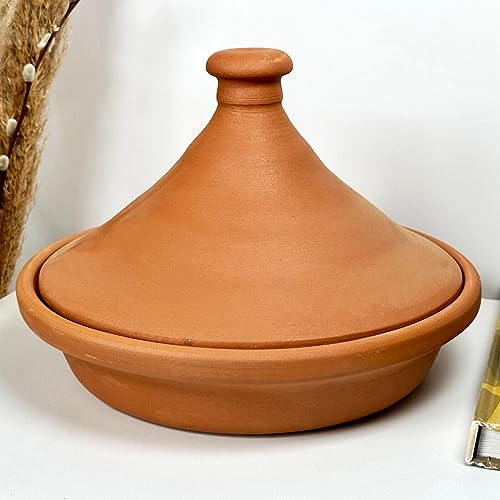The Traditional Way of Serving a Tagine Dish
The tagine is a traditional Moroccan dish that is known for its unique cooking method and delicious flavors. It is typically made with meat, vegetables, and a blend of spices that create a fragrant and flavorful stew. One of the defining characteristics of the tagine is the way it is served, which is steeped in tradition and enhances the overall dining experience. In this article, we will explore the traditional way of serving a tagine dish.
Serving the Tagine in the Cooking Vessel
In Moroccan culture, the tagine is traditionally served in the same vessel in which it was cooked. The distinctive cone-shaped tagine pot is made of clay and has a shallow base with a tall, conical lid. This design allows the steam to condense and drip back into the dish, keeping it moist and flavorful. When serving the tagine, the lid is typically removed, and the pot is placed directly on the dining table. This allows guests to enjoy the aromas and flavors of the dish immediately.
Accompaniments and Side Dishes
Tagine dishes are often served with a variety of accompaniments and side dishes that complement the flavors of the stew. Common accompaniments include couscous, flatbread, or crusty bread. These provide a base for the tagine and soak up the flavorful sauce. Additionally, an assortment of condiments and toppings may be served alongside the tagine, such as preserved lemons, olives, harissa, or fresh herbs. This allows guests to personalize their dish and enhance the flavors to their liking.
Serving Style and Etiquette
When serving a tagine dish, traditional Moroccan etiquette dictates that it should be a communal experience. The pot is placed in the center of the table, and guests gather around to enjoy the meal together. Eating with your hands is common in Moroccan culture, and guests can tear off pieces of bread or use their hands to scoop up the tagine and its accompaniments. This communal style of dining fosters a sense of connection and allows people to bond over the shared experience of enjoying a delicious meal.
Presentation and Garnish
In addition to the traditional serving style, presentation and garnish play an important role in serving a tagine dish. The tagine pot itself is often adorned with decorative elements, such as colorful patterns or intricate designs. This adds to the visual appeal of the dish and creates an inviting atmosphere. Furthermore, the tagine may be garnished with fresh herbs, citrus slices, or a sprinkling of spices before it is served. These finishing touches not only enhance the presentation but also add an extra layer of flavor to the dish.






